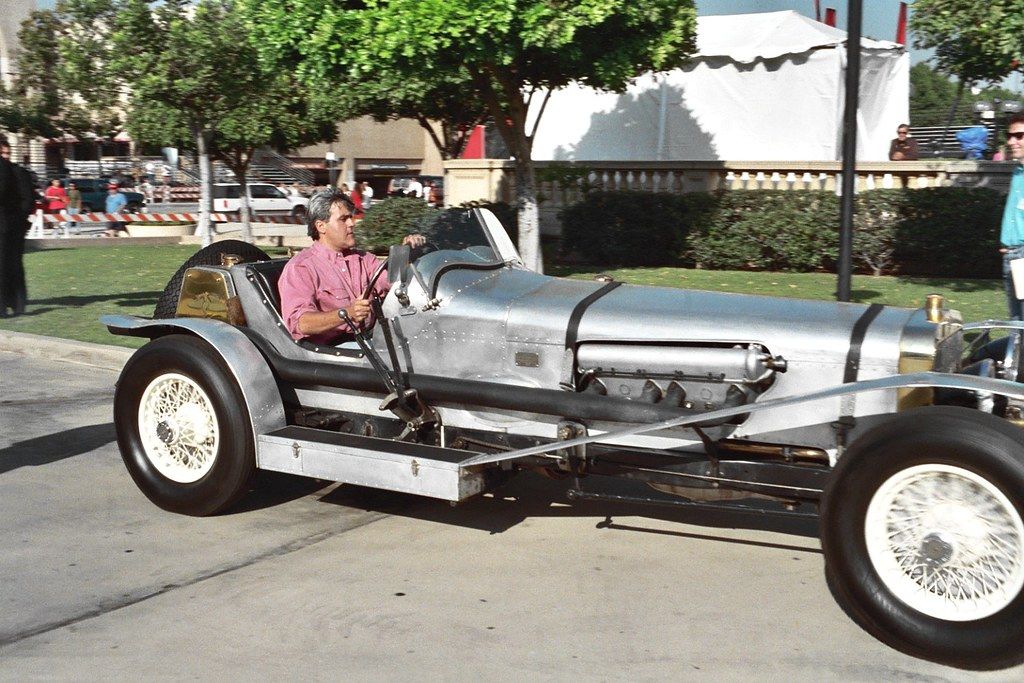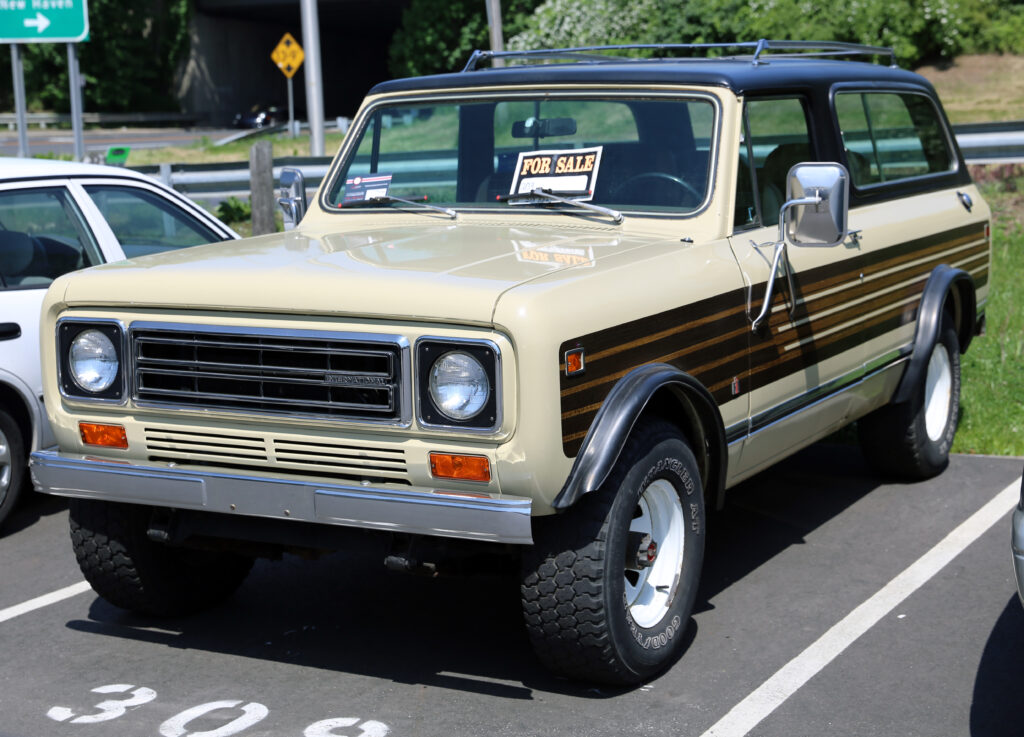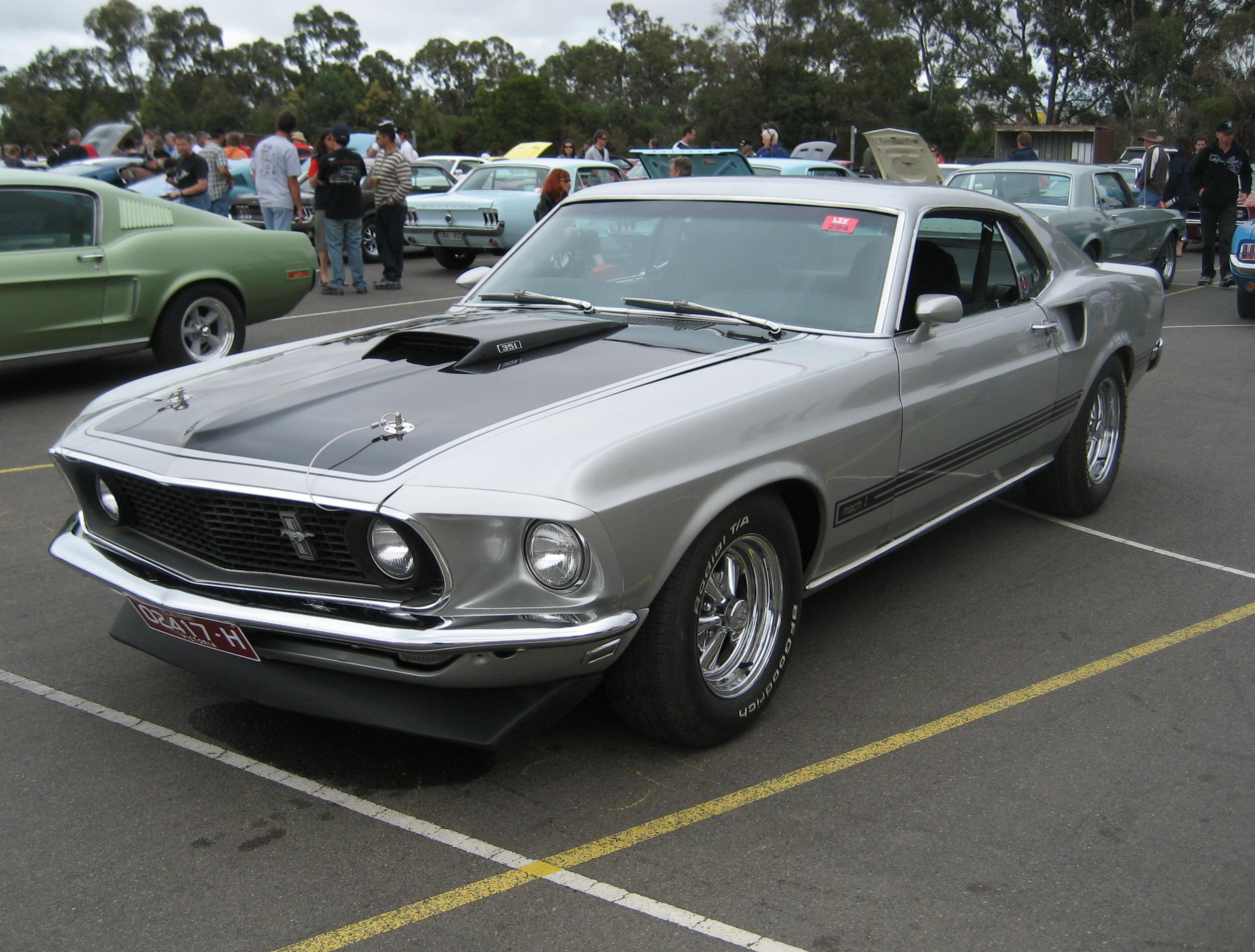
A Muscle Car with Symbolic Weight
The John Wick franchise is known for its intense style and compelling storytelling, and among its memorable elements stands a true automotive legend: the 1969 Ford Mustang. This car is not simply a backdrop but an essential part of John Wick’s world, symbolizing his past and shaping the emotional foundation of the films. Alongside the puppy Daisy, the Mustang represents the last remnants of Wick’s peaceful life with his late wife, Helen. Its theft becomes the event that disrupts his fragile peace and propels the narrative forward, transforming the car into an indispensable part of the story.
For audiences, the Mustang is more than just an accessory to action scenes. It embodies memory, loss, and identity, grounding the larger-than-life world of the franchise in a deeply personal connection. Its role demonstrates how a single detail can define the atmosphere and direction of an entire film universe.
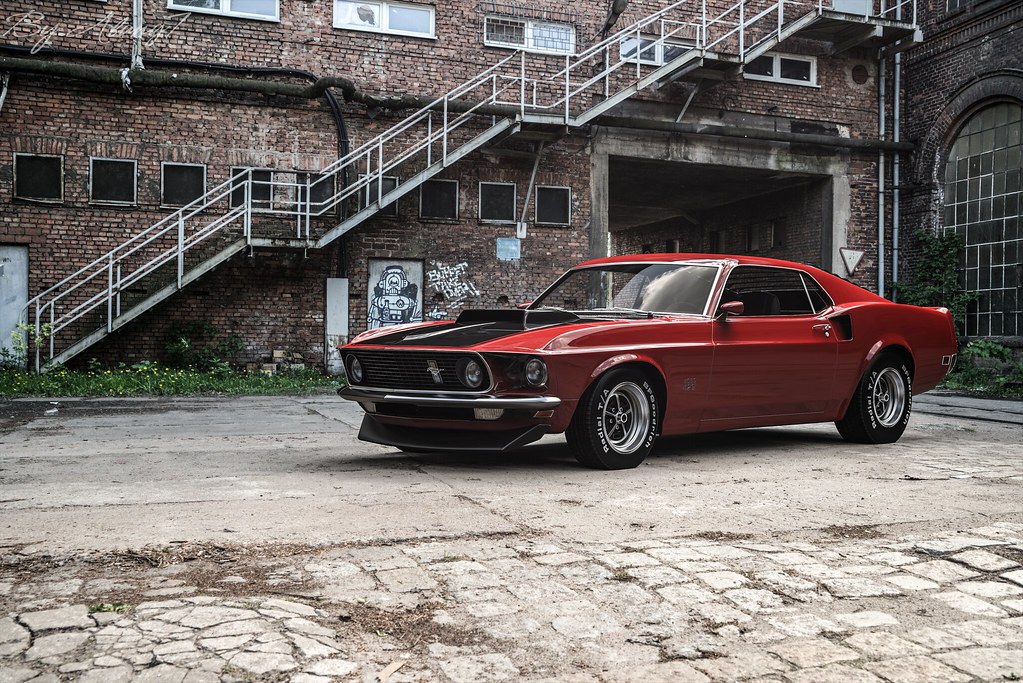
Misidentification and the Myth of the Boss 429
The Mustang first captures attention during a brief exchange at a gas station in the opening film. A character identifies it as a “1970 Boss 429,” only for John Wick to correct him, stating that it is a 1969 model. This moment underscores Wick’s knowledge of his car while establishing the vehicle’s mystique as something rare and desirable.
The Boss 429 name carries enormous weight in car culture. Produced in 1969 and 1970 in limited numbers, it was built as a homologation model for racing, featuring a massive 7.0-liter engine. Only 1,359 were made, which has made the Boss 429 one of the most collectible Mustangs ever. With top examples selling for over $600,000, the car’s reputation as an icon of muscle car history remains intact.
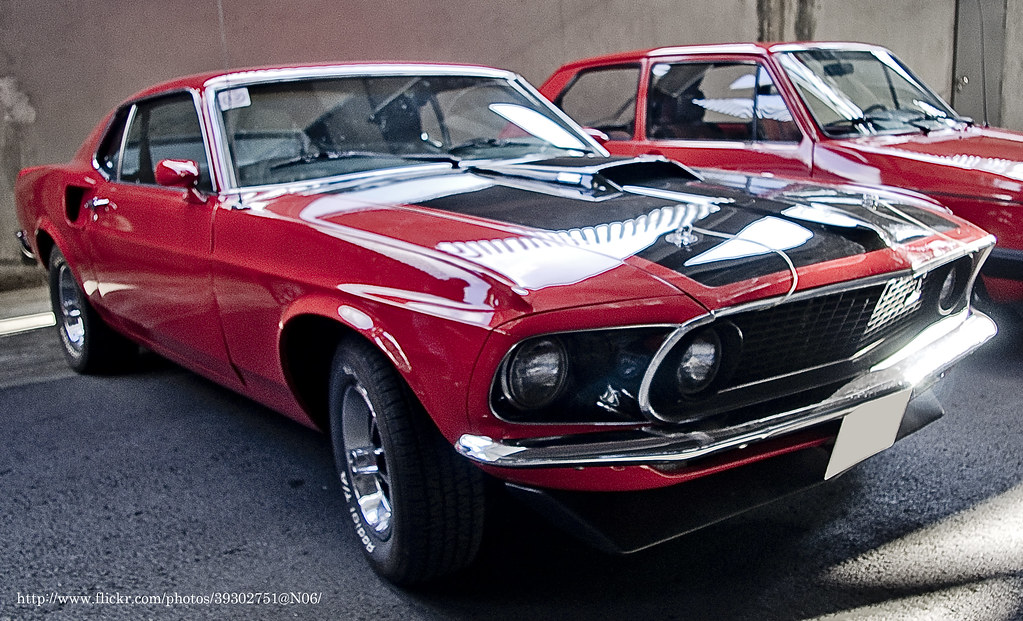
The On-Screen Reality: A Modified Mach 1
Despite its cinematic introduction as a Boss 429, the Mustang used in the films was not a genuine example. For practical reasons, the production team could not employ such rare and valuable vehicles in scenes requiring multiple stunts and high-intensity driving. Instead, they turned to the 1969 Mach 1, a model that shared much of the Boss 429’s styling but was far more attainable and suitable for film production.
Several details reveal the car’s true identity. The on-screen Mustang features an automatic transmission, while genuine Boss 429s were produced only with manual gearboxes. Its smaller hood scoop and use of hood pins are also indicators of the Mach 1 lineage. These subtle differences allowed car enthusiasts to recognize the film car as a carefully disguised Mach 1 rather than the legendary Boss.

Custom Touches and the “Hitman Mustang” Identity
The Mustang seen in the John Wick series was not a stock Mach 1 either. The production added a range of modifications, including a Shelby wood-grain steering wheel, rocker panels associated with the 1970 Mach 1, and other stylistic upgrades. The result was a hybrid design that gave the car a unique presence.
This blending of elements created the so-called “Hitman Mustang,” a vehicle crafted to reflect Wick’s personality. Its dark, understated color scheme, combined with muscle car aggressiveness and refined details, gave it an identity that perfectly matched the character. The car became a visual extension of Wick himself, representing precision, style, and strength.
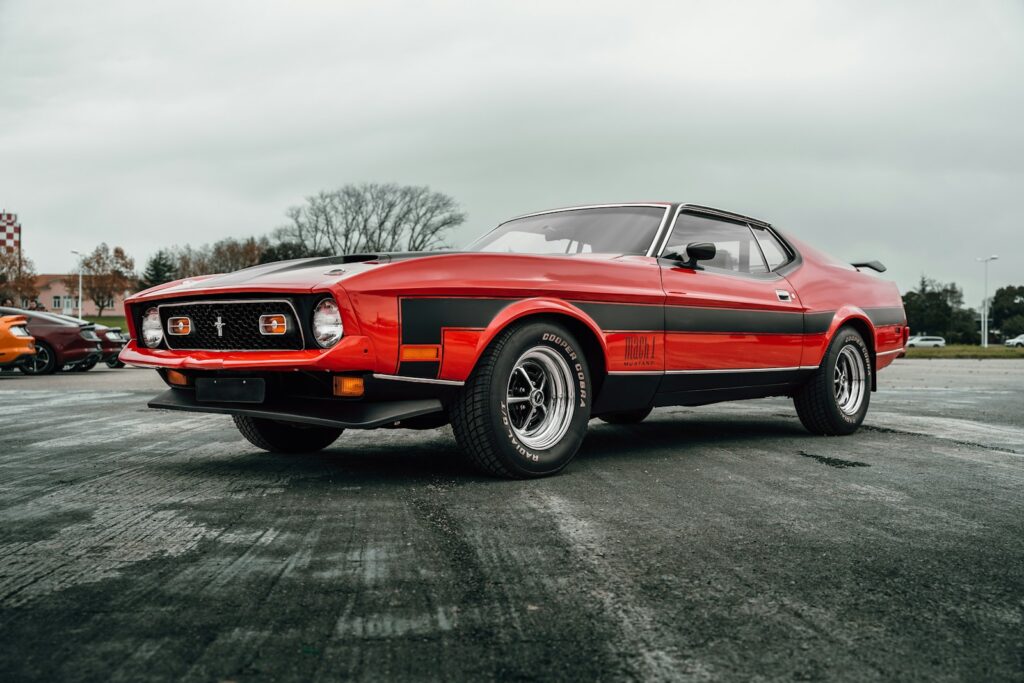
Performance and Power of the Mach 1
While the Boss 429 holds its own place in automotive history, the Mach 1 had impressive performance credentials of its own. Buyers in 1969 could choose from several powerful engines, with the 428 Cobra Jet V8 standing out as a high-performance option. Factory-rated at 335 horsepower and 440 lb-ft of torque, it was capable of reaching 60 mph in under six seconds, making it one of the quickest cars of its time.
The Mach 1 also came equipped with upgraded suspension and power-assisted disc brakes, ensuring it could handle the kind of aggressive driving showcased in the films. Even though Wick’s Mustang was not a true Boss 429, the Mach 1’s capabilities made it entirely believable as the car of choice for such a character.
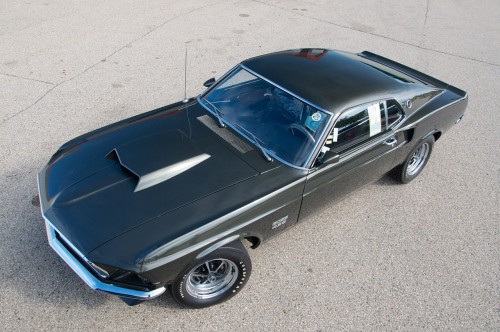
Replicas and Real-World Influence
The enduring appeal of the “Hitman Mustang” has extended well beyond the screen. Enthusiasts and custom builders have created replicas inspired by John Wick’s car, blending vintage design with modern performance. Companies such as Classic Recreations in Texas offer bespoke builds, including their “Hitman Fastback,” which captures the look of Wick’s Mustang while offering modern amenities and engine options that can exceed 600 horsepower.
These replicas allow fans to experience a piece of cinematic history, though they come with a hefty price tag. With prices starting in the hundreds of thousands, they reflect both the exclusivity of the original inspiration and the cultural impact the film car has made.
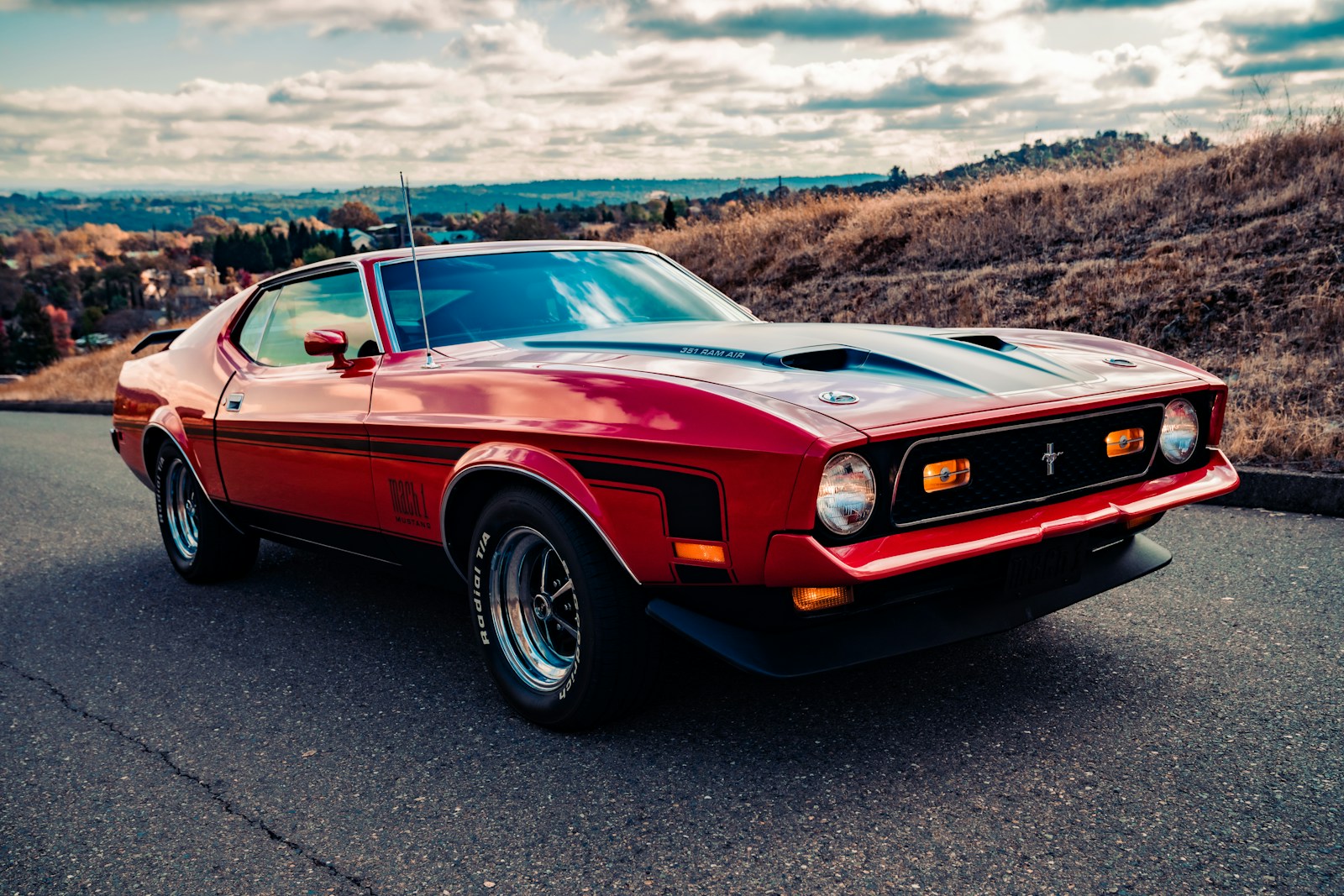
Keanu Reeves’ Driving Commitment
Part of the car’s cinematic presence comes from Keanu Reeves himself. Known for his dedication to authenticity, Reeves performed much of the driving in the films rather than relying entirely on stunt doubles. His training with professional drivers and passion for vehicles—including his co-ownership of Arch Motorcycle Company—added to the realism of the car sequences. This hands-on involvement ensured that the Mustang scenes resonated with fans as genuine rather than manufactured.
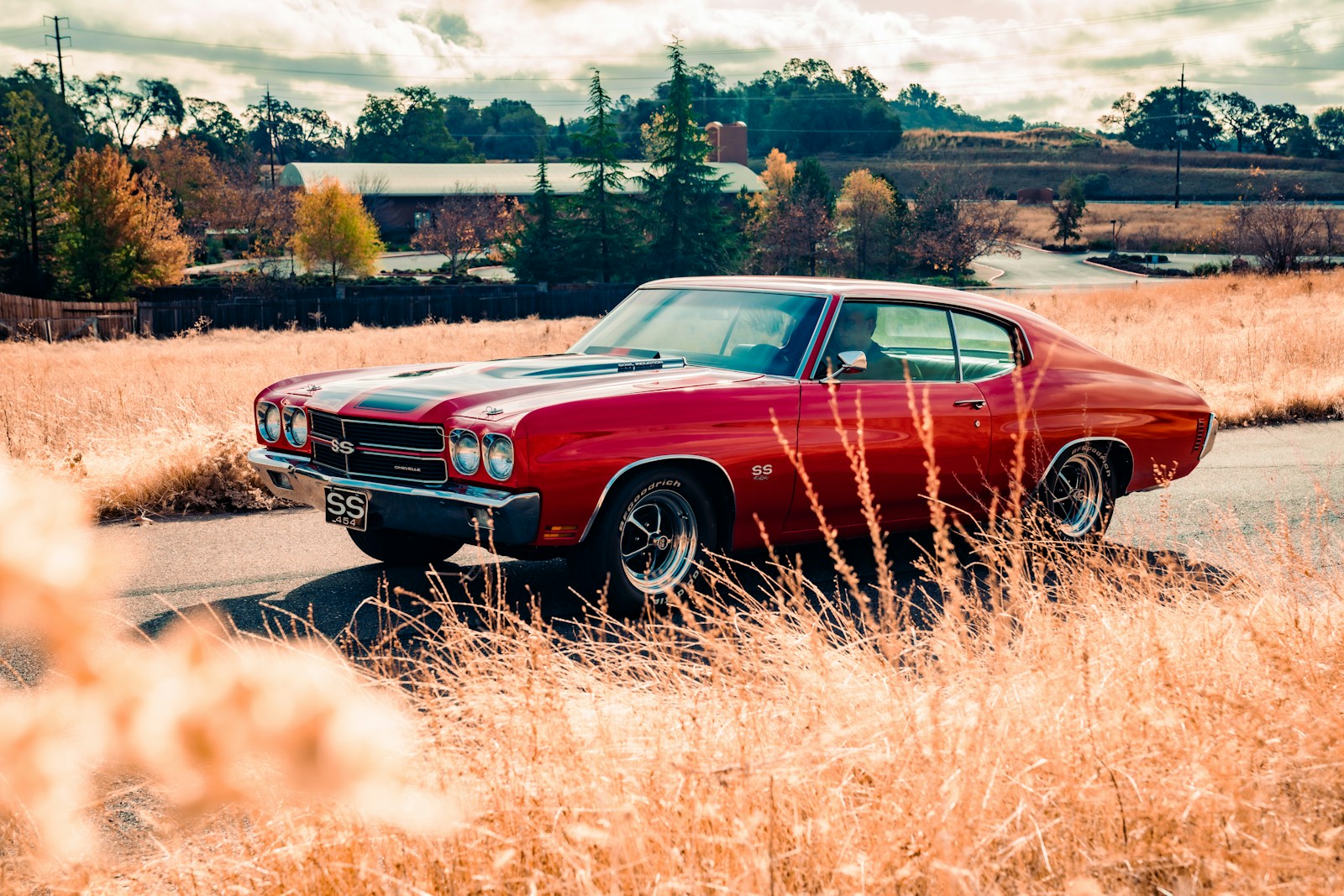
The Mustang’s Enduring Legacy
John Wick’s Mustang has become an icon of both film and automotive culture. It represents more than nostalgic admiration for classic American muscle; it symbolizes character, memory, and design. Its influence continues in the real automotive world, as modern Mustangs and special editions pay homage to the styling of the late 1960s.
The Mustang’s presence in the franchise also reinforces the series’ appreciation for classic cars. In addition to the 1969 Mustang, John Wick is seen driving other American muscle machines, including a 1970 Chevrolet Chevelle SS and, in the latest installment, a 1971 Plymouth Barracuda. Together, these cars highlight a consistent theme of timeless design and performance.
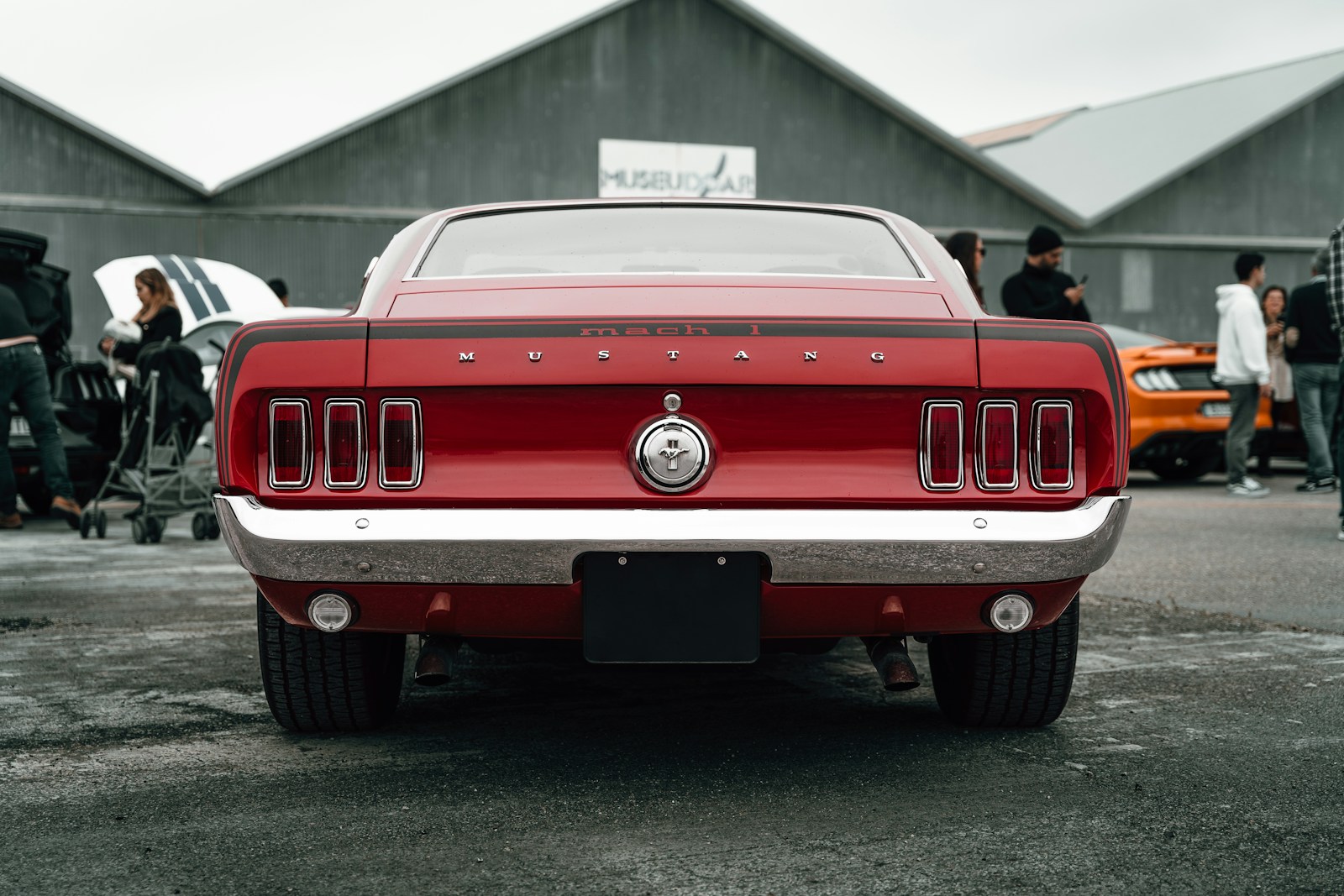
A Lasting Icon in Cinema and Car Culture
From its initial presentation as a rare Boss 429 to its actual identity as a modified Mach 1, John Wick’s Mustang has transcended its role as a simple movie car. It has become a cultural touchstone, inspiring replica builds, influencing modern Mustang design, and deepening the character of the films themselves.
As both a symbol of John Wick’s past and a visual statement of strength and elegance, the Mustang remains inseparable from the franchise’s identity. It is a reminder of how a carefully chosen car can become a character in its own right, leaving a mark not only on film history but also on the broader culture of automotive enthusiasts.


